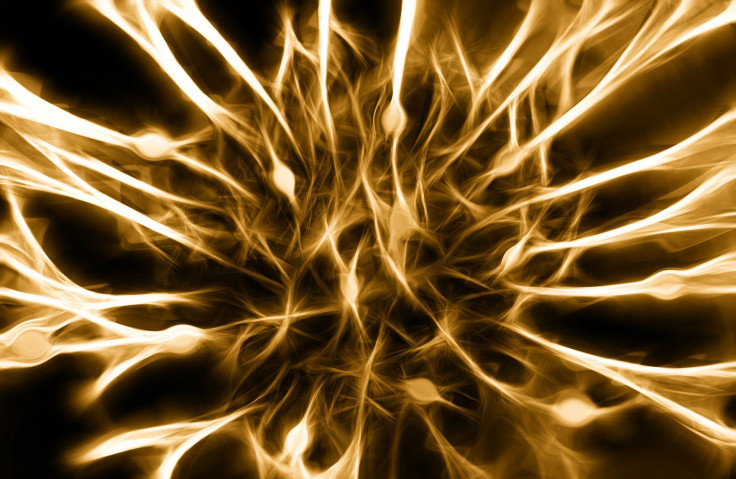Skin Cells Turned Into Heart And Brain Cells Could Lead To Organ Regeneration

When a person’s own body fails them, there are plenty of roadblocks to getting it running again. Adult hearts have a very limited ability to regenerate, so oftentimes the only way to help a person with a failing heart is to get them a new one. This is risky, though, since the patient’s body may reject even a perfectly matched organ. Scientists have been making strides in overcoming that problem by using a patient’s own stem cells to regenerate tissue, and researchers from the Gladstone Institutes have made a major breakthrough in the area — they successfully used a combination of chemicals to transform skin cells into heart and brain cells.
The feat is unprecedented, since all previous attempts to reprogram cells required scientists to add outside genes. Published in Science and Stem Cell, the research gives scientists a foundation for one day being able to regenerate lost or damaged cells with pharmaceuticals. The system is both more reliable and efficient than previous processes, and avoids medical concerns surrounding genetic engineering.
“This method brings us closer to being able to generate new cells at the site of injury in patients,” Dr. Sheng Ding, a Gladstone senior investigator, said in a press release. “Our hope is to one day treat diseases like heart failure or Parkinson’s disease with drugs that help the heart and brain regenerate damaged areas from their own existing tissue cells. This process is much closer to the natural regeneration that happens in animals like newts and salamanders, which has long fascinated us.”
Researchers had previously attempted to transplant adult heart cells or stem cells into damaged hearts, an effort that often proves ineffective since transplanted adult cells do not survive long enough to integrate properly, and very few stem cells have the ability to become heart cells. Dr. Deepal Srivastava, director of cardiovascular and stem cell research at Gladstone, pioneered a different approach, using genes to convert scar-forming cells in animal hearts to new muscle that improved heart function. An effort to do the same using a chemical approach would offer an easier way to induce heart muscle to regenerate.
Through trial and error, Ding’s team found a chemical cocktail that begins the process, changing cells into a state that resembles multi-potent stem cells that are capable of changing into many types of cells in a certain organ. A second combination of chemicals and growth factors helped the cells become heart muscle cells. As a result, 97 percent of the cells began beating — this signaled that they were fully developed and healthy. In addition, the cells responded appropriately to hormones and resembled heart cells on a molecular level. Upon transplant into a mouse heart, they even developed into healthy heart muscle cells within the organ.
“The ultimate goal in treating heart failure is a robust, reliable way for the heart to create new muscle cells,” said Srivastava, co-senior author of the Science paper. “Reprogramming a patient’s own cells could provide the safest and most efficient way to regenerate dying or diseased heart muscle.”
The second study detailed the scientists’ creation of neural stem cells using a similar chemical method. When transplanted into mice, the cells spontaneously developed into three basic types of brain cells: neurons, oligodendrocytes, and astrocytes. They were also able to self-replicate — ideal for taking care of neurodegenerative diseases or brain injury.
“With their improved safety, these neural cells could one day be used for cell replacement therapy in neurodegenerative diseases like Parkinson’s disease and Alzheimer’s disease,” said co-senior author Dr. Yadong Huang, a senior investigator at Gladstone. “In the future, we could even imagine treating patients with a drug cocktail that acts on the brain or spinal cord, rejuvenating cells in the brain in real time.”
Source: Zhang M, Lin Y, Sun J, Li K, Huang Y, Ding S. Pharmacological Reprogramming of Fibroblasts Into Neural Stem Cells by Signaling-Directed Transcriptional Activation. Cell Stem Cell. 2016.
Cao N, Huang Y, Zheng J, Spencer C, Zhang Y, Fu J, et al. Conversion of Human Fibroblasts Into Functional Cardiomyocytes by Small Molecules. Science. 2016.



























